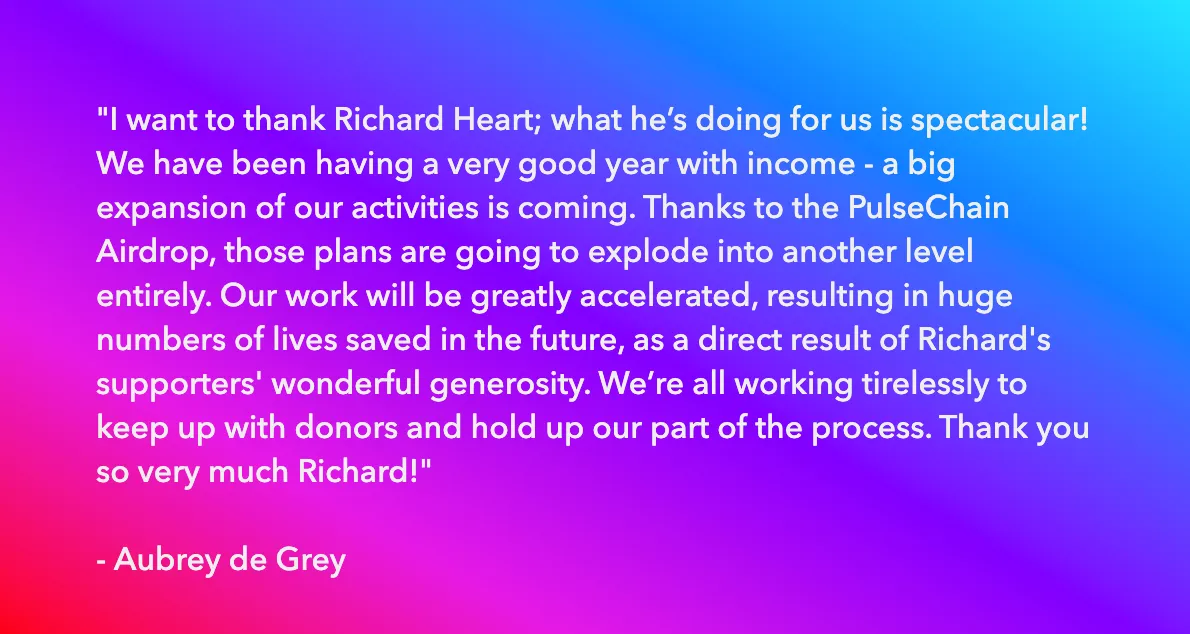
An introduction to PulseChain (PLS), the energy-efficient, cheaper, faster, fee-burning Ethreum fork featuring the largest airdrop in history.
If the hype is to be believed, Pulsechain and its native PLS token, could very well be the next big thing in crypto.
Created by HEX founder Richard Heart, Pulsechain and HEX are forever going to be talked about in the same breath.
While Heart first created Pulsechain to allow HEX holders to transact on Ethereum without paying the ridiculously high gas fees, Pulsechain is not HEX.
It’s a completely separate, new blockchain project that now stands on its own two feet.

Pulsechain is an Ethereum hard-fork that sees a snapshot of the entire blockchain taken, before being converted into a Proof of Stake (PoS) blockchain.
It’s by converting to PoS that PulseChain can offer users the energy-efficient, cheaper, faster, fee burning properties that make it so exciting pre-launch.
This PulseChain (PLS) guide will discuss what is PulseChain, how it works and ultimately guide you toward making your own investment decision.
Introduction to PulseChain
Let’s start this guide by making it crystal clear that PulseChain is forking the Ethereum blockchain as a direct copy.
This differs from the way that for example Binance Smart Chain went about their launch, instead choosing to fork the source code.
So PulseChain users will have not only full compatibility with the Ethereum network, but also a snapshot of the blockchain.
Did somebody say airdrop?
Introducing the PulseChain airdrop
By searching for our guide to PulseChain (PLS), you’ve most likely heard about what is being billed as the largest airdrop in history.
By taking a snapshot of the Ethereum blockchain before launching, all ERC-20 tokens, and most importantly your balances, will also exist on PulseChain.
This means that you and everyone else using Ethereum, will receive PulseChain versions of all their ERC-20 holdings.
Yep, big is an understatement.
Keep in mind that how much the PulseChain versions of each ERC-20 token will be left entirely up to the market at launch.
Some could bang, some could tank.
We just don’t know what’s going to happen yet.
Just like each of the PulseChain versions of each ERC-20 token, there is currently no PLS token price to share within this introduction but stay tuned for updates.
Introducing the PLS token and “the sacrifice”
Richart Heart and PulseChain have also tried to position themselves as somewhat of a crypto philanthropist, not wanting to benefit from the hard work of others.
A huge part of this was integrating a pre-launch campaign which they’ve named ‘the sacrifice’, into the initial launch of the PLS token.
The sacrifice involved transferring your ERC-20 tokens to a centralised address, with the goal being that you’d receive only the PulseChain version of the coins back.
How noble, right?
Those who sacrificed tokens will ultimately receive a share of the total supply of newly launched PLS tokens.
While the sacrifice phase has now ended, there were two ways to sacrifice your ERC-20 tokens:
- Pulse.info: Essentially transferring your coins to Richard Heart and trusting that he will transfer you them back.
- SENS.org: Making a tax-deductible donation to this medical research charity.
While we should be naturally sceptical of centralised events such as this, The SENS.org charity has released numerous statements thanking the PulseChain community for the money raised.
Here’s Aubrey de Grey, the Chief Science Officer of the SENS Research Foundation:

While the jury is still out on what will happen to the PulseChain versions of each ERC-20 token as well as the PLS token itself, it’s hard to fault a $25 million donation to medical research.
Kudos where kudos is due.
Now you have an overview of the project, let’s jump right into the meat of our guide to PulseChain (PLS).
Best of probabilities to you.
Direct from the desk of Dane Williams.
Why not leave a comment and share your thoughts on PulseChain (PLS) within the comments section below? All comments that add something to the discussion will be upvoted.
This PulseChain (PLS) blog is exclusive to leofinance.io.
